The Dublin historian Diarmuid Ferriter, Professor of History at UCD has recently published a book on Ireland of the 1970s. I was interested in his education chapter where he wrote briefly on the establishment of community schools.
The concept of the community school model was raised by the Secretary of the Dept. of Education called Sean O’Connor in the Jesuit journal, Studies around 1970. I remember reading it in the library of UCD when I was doing my H. Dip. Ed. which would qualify me as a secondary teacher. His proposal was to amalgamate second-level schools in towns where clerical second-level schools and vocational schools, run by the elected members of the county vocational educational committee, would amalgamate. All this was in the context of free second-level education and free school transport which was introduced in the late 1960s. It was a time of great change in second-level education as student numbers expanded and teachers were in short supply. I noted with interest that Carndonagh was listed among the towns where an amalgamation was proposed. At that time there was a small boys’ secondary school with 100 pupils attending classes in the Colgan Hall and four priests on the staff, of which I was also a member. (See images on this site). There was also the Convent second-level school for girls with around 300 pupils and a number of nuns on the staff. Sr. Eugenius was principal but remained as a teacher until she retired in 1979. The largest was “The Tech” which had 400 mixed pupils with Jim A. McDonagh as principal, run by Donegal Vocational Committee.
The community school model would be non-sectarian and would be run by a Board of Management with representatives of all three schools. The Catholic bishops were perturbed with loss of control and equally the VEC was unhappy at losing “The Tech” which was regarded as the flagship amid VEC schools in the county. A local priest, Fr.Gerry O’Neill used to refer to community schools as “godless colleges”, as the church would no longer be in control and would have to share power. There was a lot of tension among staff when the new school opened.
Meetings were held in Carndonagh to explain the new system and there was generally a welcome for the proposal. To sweeten the package, there would be a swimming pool in the new school and there would be carpet on the floors. Teachers in all schools were guaranteed their jobs but there was uncertainty hanging over special allowances called “posts of responsibility”. I was due to get such a post and it looked as if it might disappear in the new arrangement. Unqualified teachers were set to lose their jobs also. This was explained by an official from the Dept. who met teachers in May 1973 at a rather uncomfortable meeting in the old Tech.
All my qualifications were above board so my job was safe. I did not secure a promotion until a few years later and I eventually served on a ten member Board of Management starting in 1982 serving as a teachers’ union representative, being a member of the ASTI. Mick McLaughlin served as the TUI representative. The first principal was Fr. Kevin McKenna, former head of the boys’ college. Incidentally, when interviews took place for the new head of the community school, a Derry teacher was appointed. Later, it was discovered he did not have the required Irish qualifications and he was rejected in favour of Fr. McKenna. Naturally, this was something the new head was not too happy with. Some regarded the appointment of the Derry layman as an anti-clerical move, thereby confirming the views expressed by the Irish bishops about the new schools. There is no doubt that Kevin was the better candidate and had good reason to feel chided as he had served as head of the secondary school in the town for 3 years previously.
In time, the bishops settled their differences and in 1973, ten new community schools opened in September, among them Carndonagh. It cost £250,000 and was funded by the World Bank. There were carpets but no swimming pool. Jim McDonough became Vice-Principal and there were over 800 pupils. The new building was not ready in 1973 so classes were held in the old buildings until September 1974. Teachers moved from building to building so it was impossible for any teacher to be in time for class. By way of compensation for those who used their cars, teachers were paid £7 at the end of the school year.
And so began my 30 years of work in CCS where I remained until 2003, although I continued in a temporary capacity for another two years.
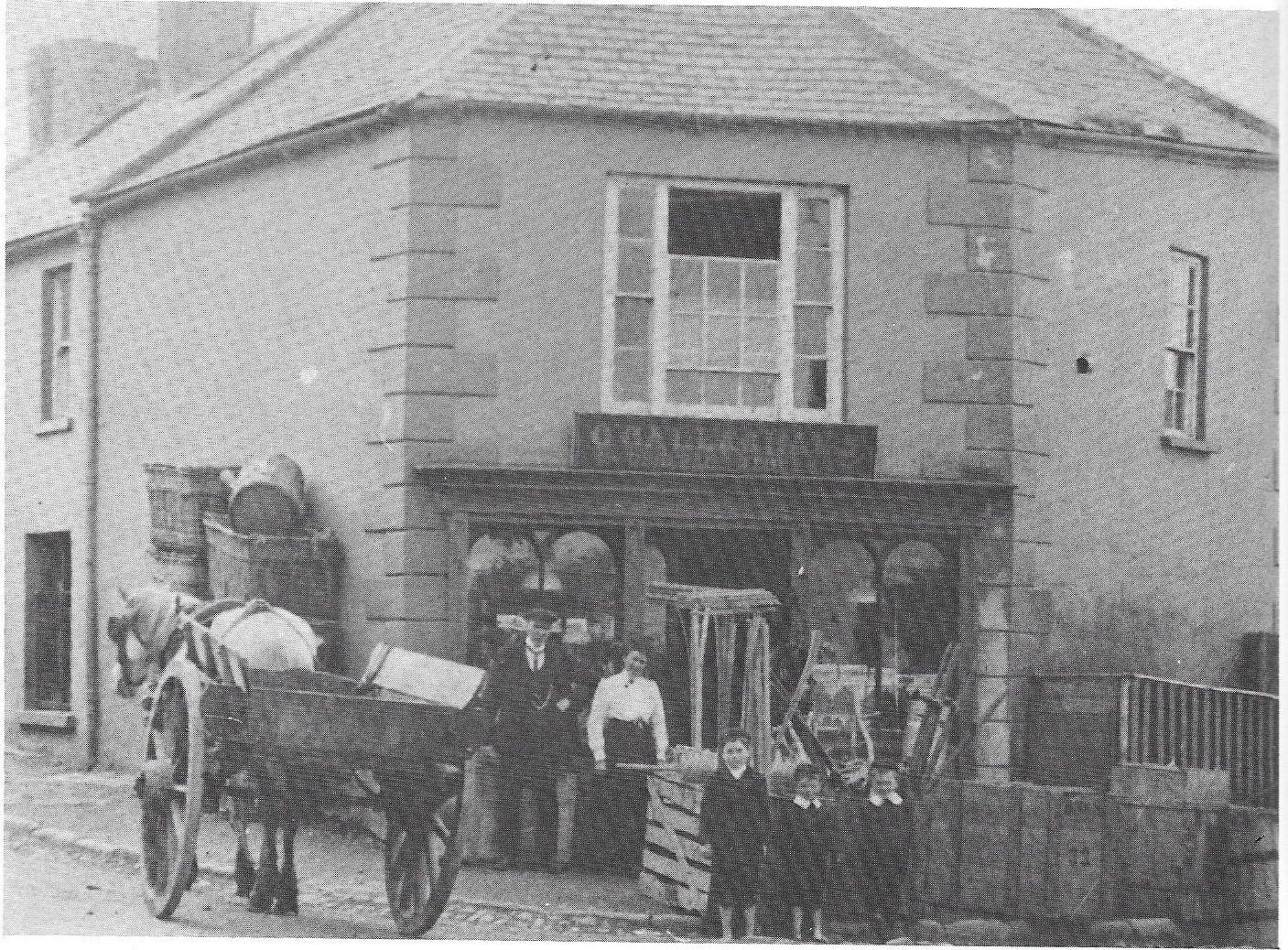
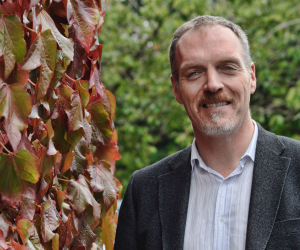

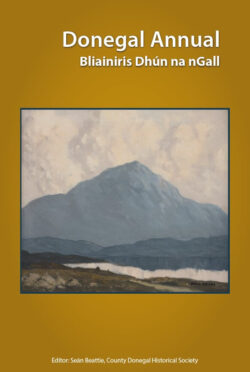
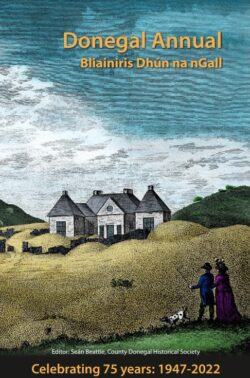
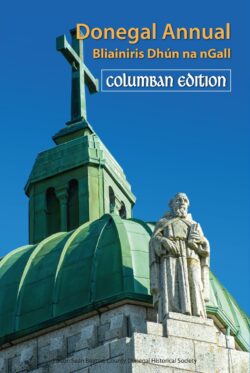


Leave a Reply